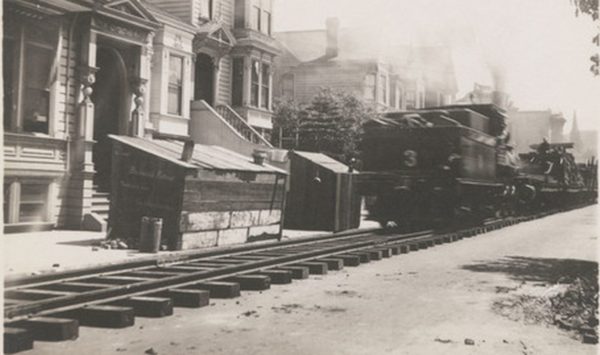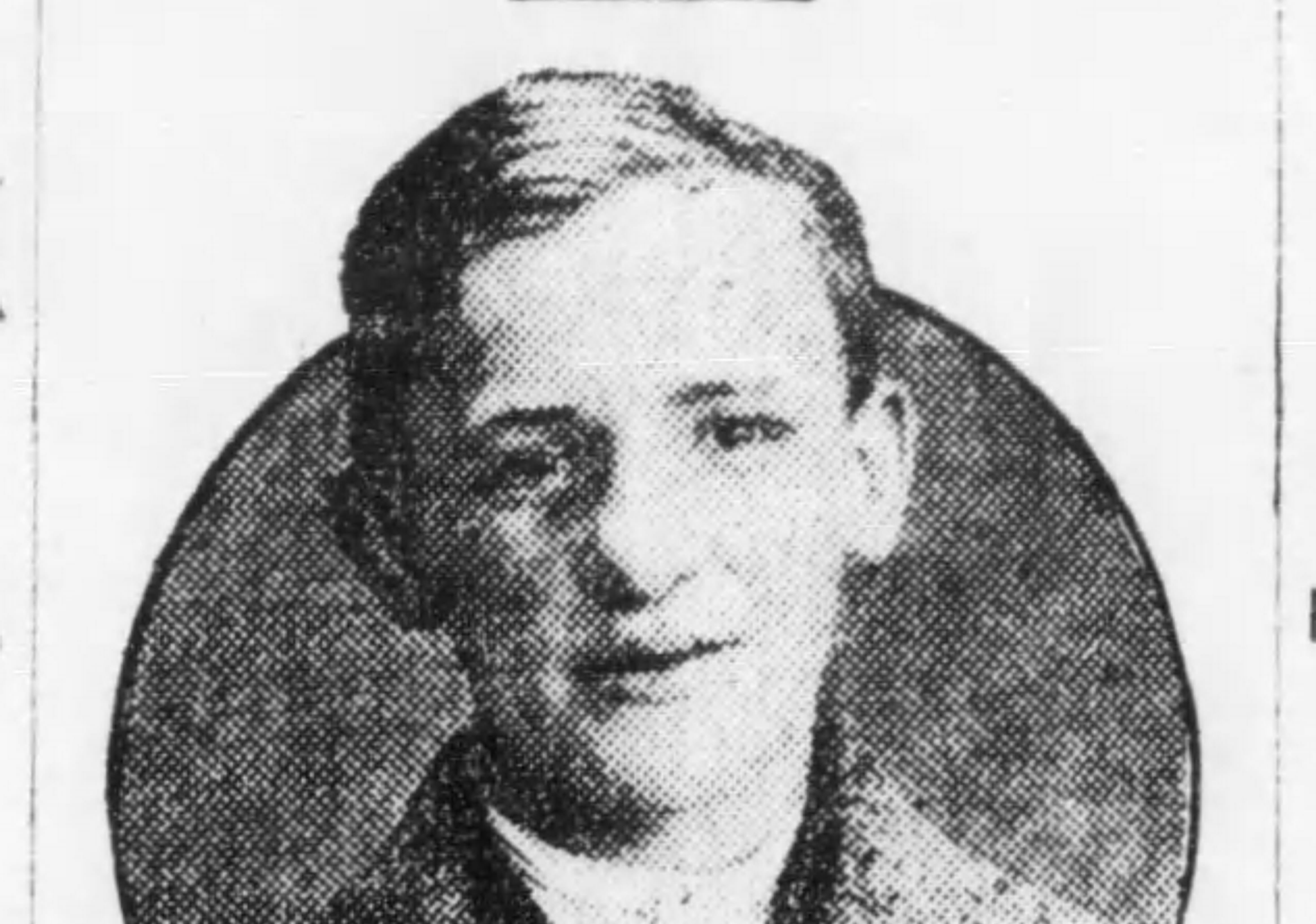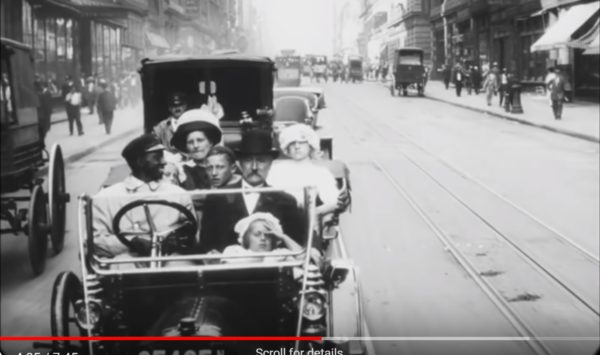A RAILROAD FOR PARK SLOPE’S 8TH ST. (1904)

******************************************************************************************************************************** Brownstone Detectives investigates the history of our clients’ homes. The story you are about to read was composed from research conducted in the course of one of those investigations. Do you know the history of YOUR house? ******************************************************************************************************************************** Few of today’s Park Slope residents know about them. In early February of 1904, however, they suddenly appeared on Eighth Street between Prospect Park West and Eighth Avenue, an industrial omen in a white shoe neighborhood. These dark and foreign objects were a set of iron railroad tracks that had been – overnight – inserted coarsely into a place where they did not belong – residential suburbia. The block where these alien metals and wood had descended, had just barely been settled recently with homes (and even more recently with families). It had just seen itself partially developed with a row of eight upscale apartment houses on the north side of the street and 12 two-story & basement limestone houses on its south. With the recent spate of construction, there were – at the time the tracks appeared – a mere four families that had purchased “handsome houses” on the block, which they had taken possession of at “fancy prices.” Now, those with an interest on the block were showing “great alarm.” With the appearance of the tracks, residents fully expected their properties to be “ruined in value,” causing them to begin considering selling them at a discount and to ignominiously leaving the neighborhood. The builder of the limestones, Sen. William […]
THE BOY WHO COULDN’T MEND (1914)

Some criminals just cannot reform. Young Raymond “Angel Face” Beck was a good example. 100 years ago today, the 14-year-old Brooklyn boy was pawning stolen silverware on Atlantic Avenue when the police happened into the pawn shop. NO JUVENILE ASYLUM BUILT COULD HOLD THE “ROBBER CHIEF” Known mostly for his escapes from “prison,” at the time, Raymond Beck, “son of well-to-do parents of 7 Cypress Avenue,” and a self-described “Robber Chief,” had broken out of the Dobbs Ferry Juvenile Asylum a total of four times by 1914. Each time young Beck, “blue-eyed, fair-haired and innocent-looking,” made a B-line directly for Brooklyn and the houses of new victims. Beck would make a career of illegal activity and escaping asylums and reform schools throughout his life. The newspapers are replete with his stories of burglaries and escapes at least through the mid-1920s, when he would finally disappear from the news. But, for the majority of this period, whenever the name Raymond Beck was mentioned in the papers, Brooklynites locked their doors and hid their valuables, as there was a good chance they’d end up in his possession. “ANGEL FACE” RETURNS TO BROOKYLN After the “boy burglar” had most recently been paroled in 1914, he ended up in Brooklyn once again – this time in the parlor of Edward A. Peterson of 567 Eighth Street in Park Slope. Now, Peterson did not know “Angel Face,” but that was not only because the two had never been introduced. Beck simply arrived at Peterson’s home […]
